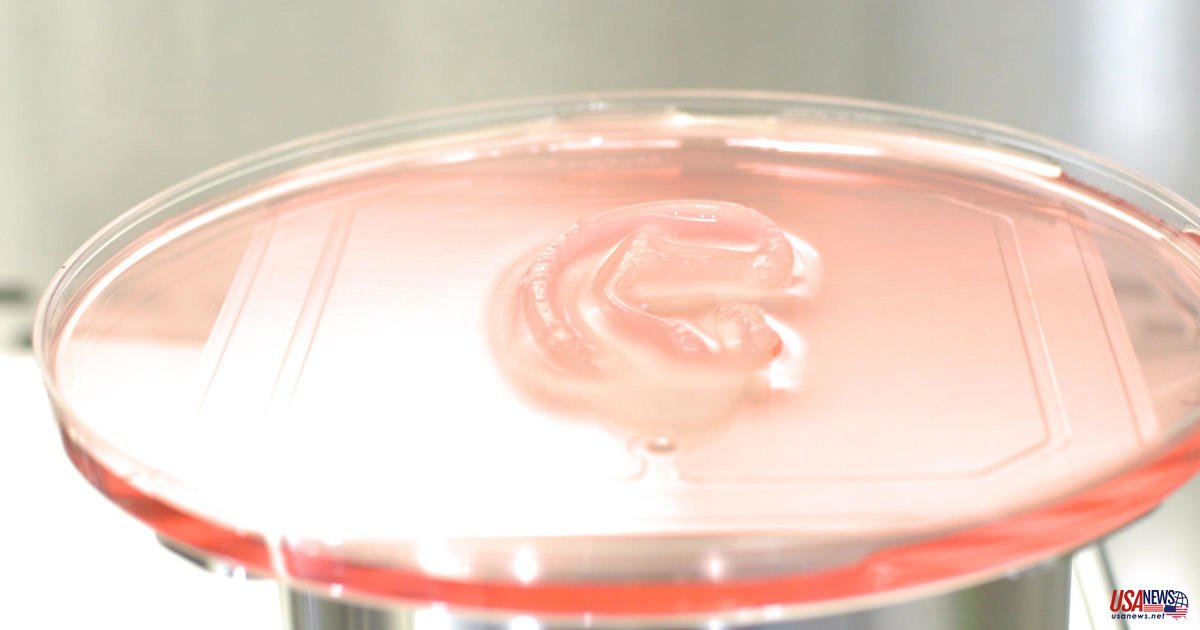3DBio Therapeutics transplanted an "innovative reconstructive procedure" using 3DBio Therapeutics' 3D-printed ears made from living cells. This is the first in-human phase for the AuriNovo implant clinical trial. It appears to be the first 3D printed implant made from living tissue.
Microtia is a rare congenital disorder that affects the outer ear. The Centers for Disease Control and Prevention estimates that about one in every 10,000 Americans is affected by the birth defect. However, it's difficult to determine how many people are affected due to the wide range of symptoms. Although the cause of most cases is unknown, some cases can be attributed to genetic changes, Accutane medication or isotretinoin use during pregnancy.
A 20-year old Mexican woman was the recipient of the transplant. Her right ear has been affected by the disease. A spokesperson for 3DBio said that she received the operation in March and will be monitored for five more years.
The transplant was led by Dr. Arturo Bonilla who is a pediatric surgeon at Congenital Ear Institute. This center is the largest in North America for pediatric microtia. He stated that he was "inspire" by the potential benefits for microtia patients.
Traditionally, doctors had to either harvest rib cartilage from the patient or use PPE implants. Both of these options have their own challenges. Rib cartilage is usually harvested from at least three ribs. This requires at least two hours of work. The implants can cause discomfort and could cause a deformity in the chest.
PPE implants require a section of the patient's skin to be removed. Because the implant is not made from biological material, there is a high risk of infection, discomfort, and eventual implant failure.
Bonilla says that using a patient's cartilage cells will be less invasive and allow for a more flexible ears. According to Bonilla, microtia patients can greatly improve their self-esteem by having this surgery. Although it isn't believed to affect hearing, it can provide aesthetic relief.
Bullying and teasing are two of the most common problems. Although children don't realize that they are hurting someone else's feelings it can really affect their lives in a big way. Bonilla explained that this is usually when children first come to my office. I can then start taking care and helping them, and advise them on what the next steps are. "... The new technology that AuriNovo offers is very exciting. This is something I have waited for my entire career."
Doctors performed a biopsy on the patient's ear to extract cartilage cells. The cells were then expanded, mixed with ColVivo collagen-based Bio-ink, and then molded using a 3D bioprinter to the shape and size of the patient’s opposite ear.
Daniel Cohen, CEO, and co-founder at 3DBio, stated that this technology's impact could extend beyond microtia patients.
He said, "This is an historic moment for patients suffering from microtia and for the regenerative medicine industry as we begin to demonstrate the practical application of next-generation tissue engineering technology." "... Our initial indications are cartilage in orthopedic and reconstructive fields, including the treatment of complex nasal defects and spinal degeneration. We are excited to use our platform to address other unmet medical problems such as lumpectomy reconstruction, and eventually organ transplants.
The clinical trial currently has 11 participants. Doctors continue to enroll patients. The official start date of the study was August 2013. In the meantime, the FDA will approve AuriNovo. It has also been given orphan drug designations and rare pediatric diseases designations by FDA. A priority review will be conducted once the trial is complete.













